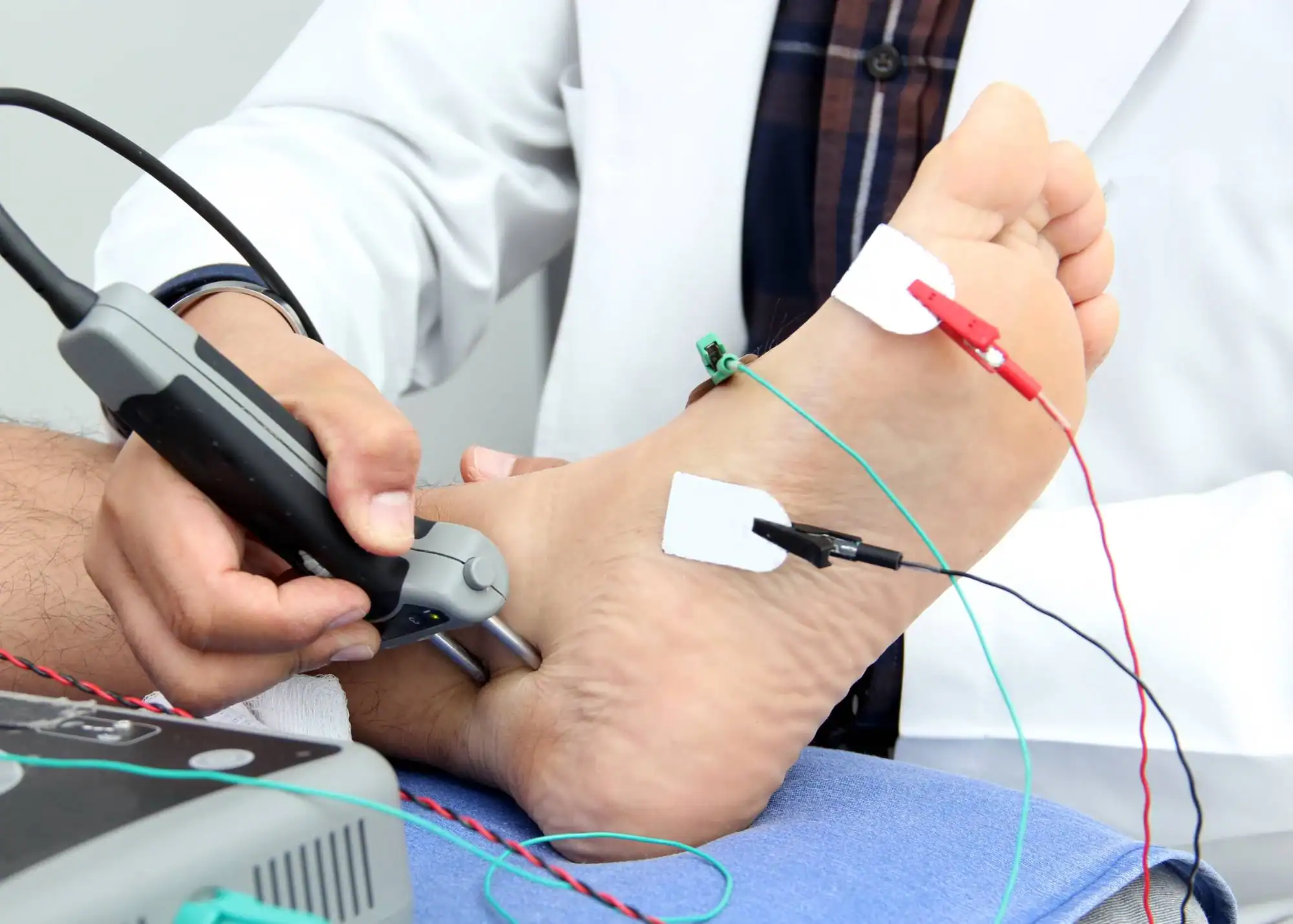Precise EMG and nerve conduction testing reveals what’s really causing your symptoms.
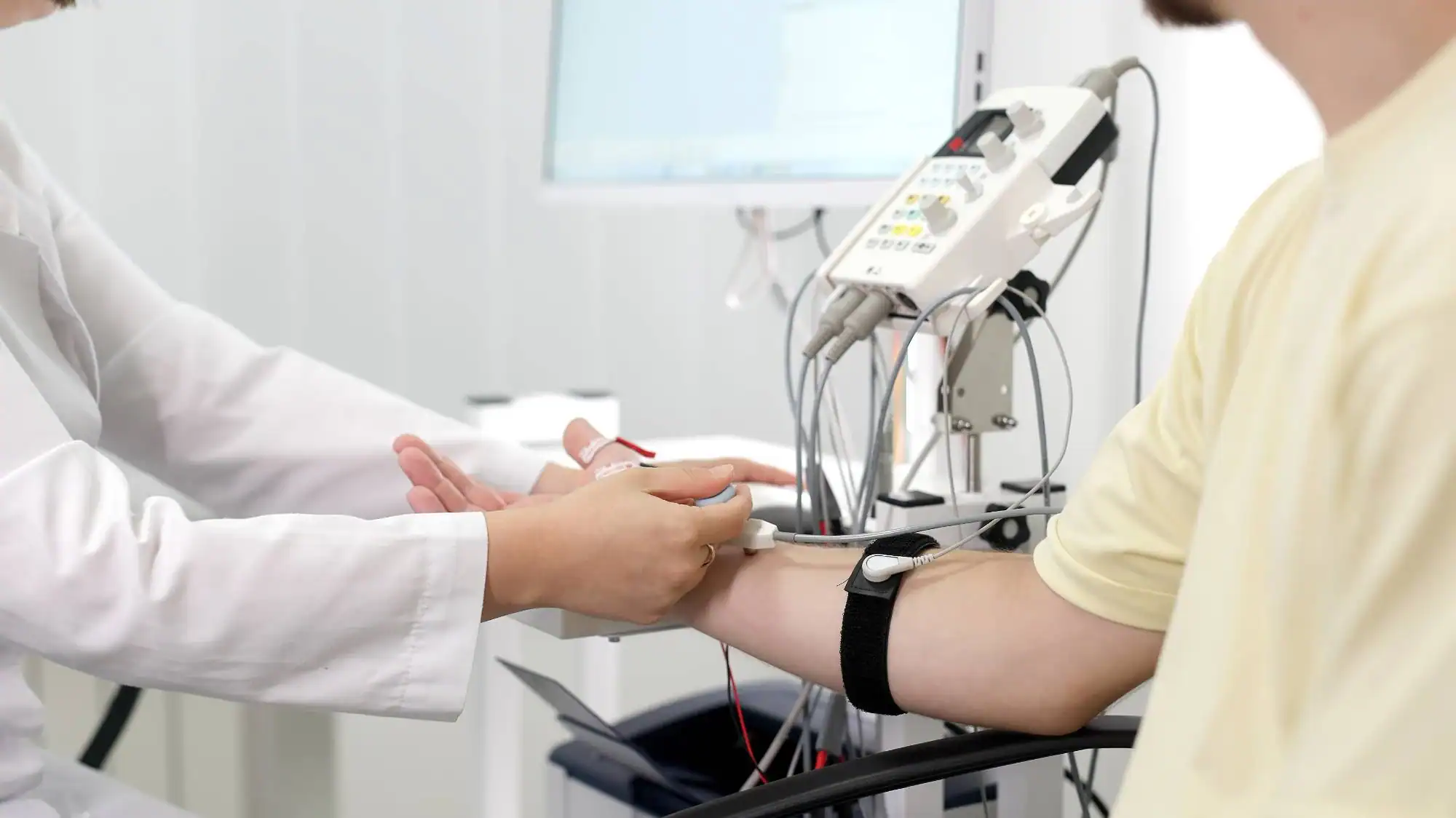
Reviews
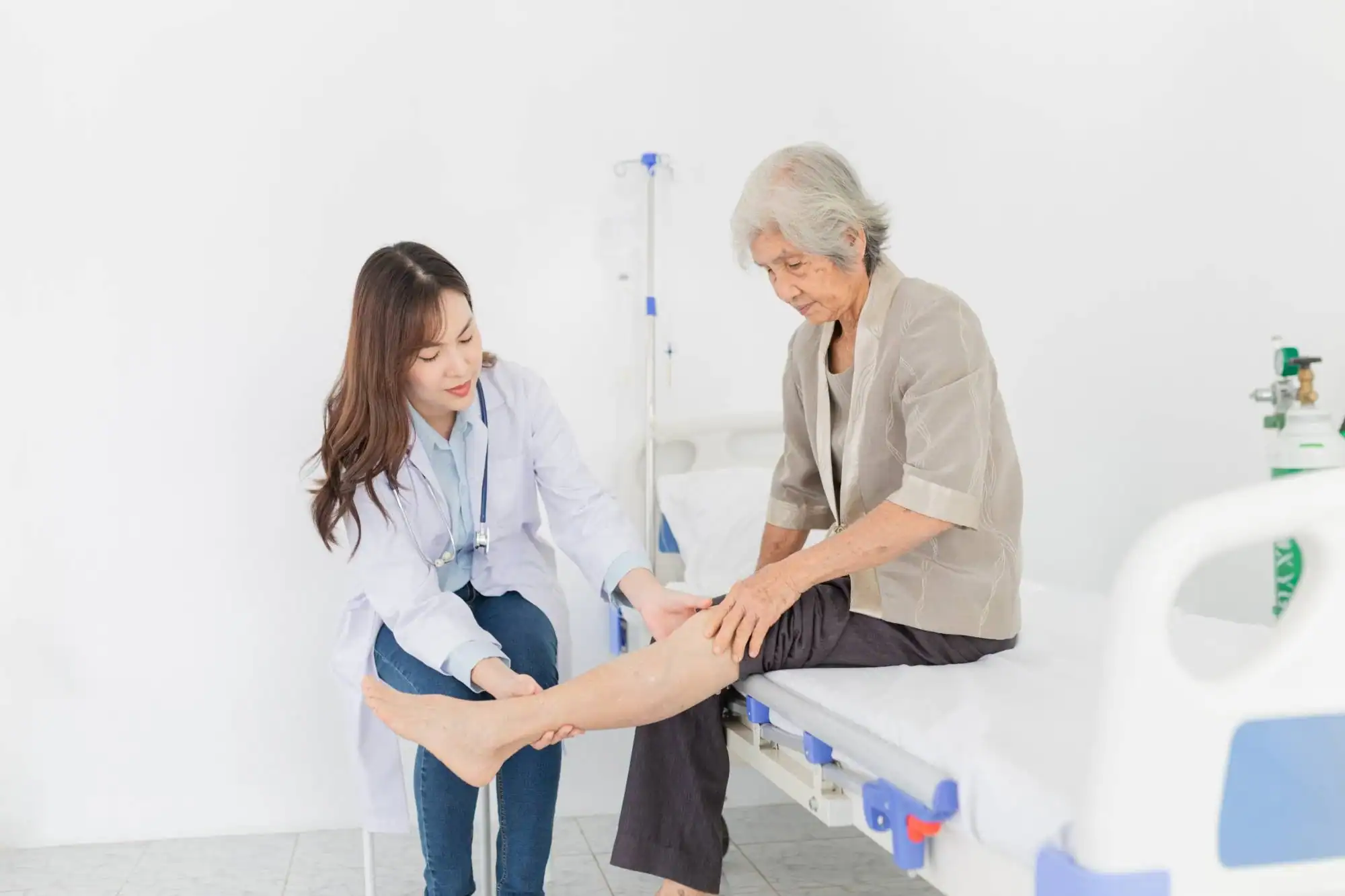
You’ve been dealing with numbness, tingling, or muscle weakness for months. Maybe your fingers go numb at night, or your leg feels weak when you walk. You’ve tried rest, medication, even physical therapy, but nothing’s working because no one knows exactly what’s wrong.
Nerve and muscle testing changes that. Our EMG and nerve conduction studies measure how well your nerves and muscles actually function. We’re not guessing based on symptoms – we’re getting real data about nerve speed, muscle response, and exactly where the problem starts.
When you know what’s wrong, you can fix it. No more trying treatments that don’t match your condition. No more wondering if the pain will get worse. Just clear answers that lead to the right treatment plan.
NY Spine Medicine has been serving The Crossings and surrounding Florida communities for years. Our board-certified specialists focus specifically on diagnosing nerve and muscle disorders using the most advanced testing equipment available.
We understand that most patients come to us anxious about the testing process. That’s why we take time to explain everything, answer your questions, and make sure you’re comfortable throughout the entire procedure.
Our team has performed thousands of EMG and nerve conduction studies. We know what normal looks like, and we know how to spot the subtle changes that explain your symptoms.
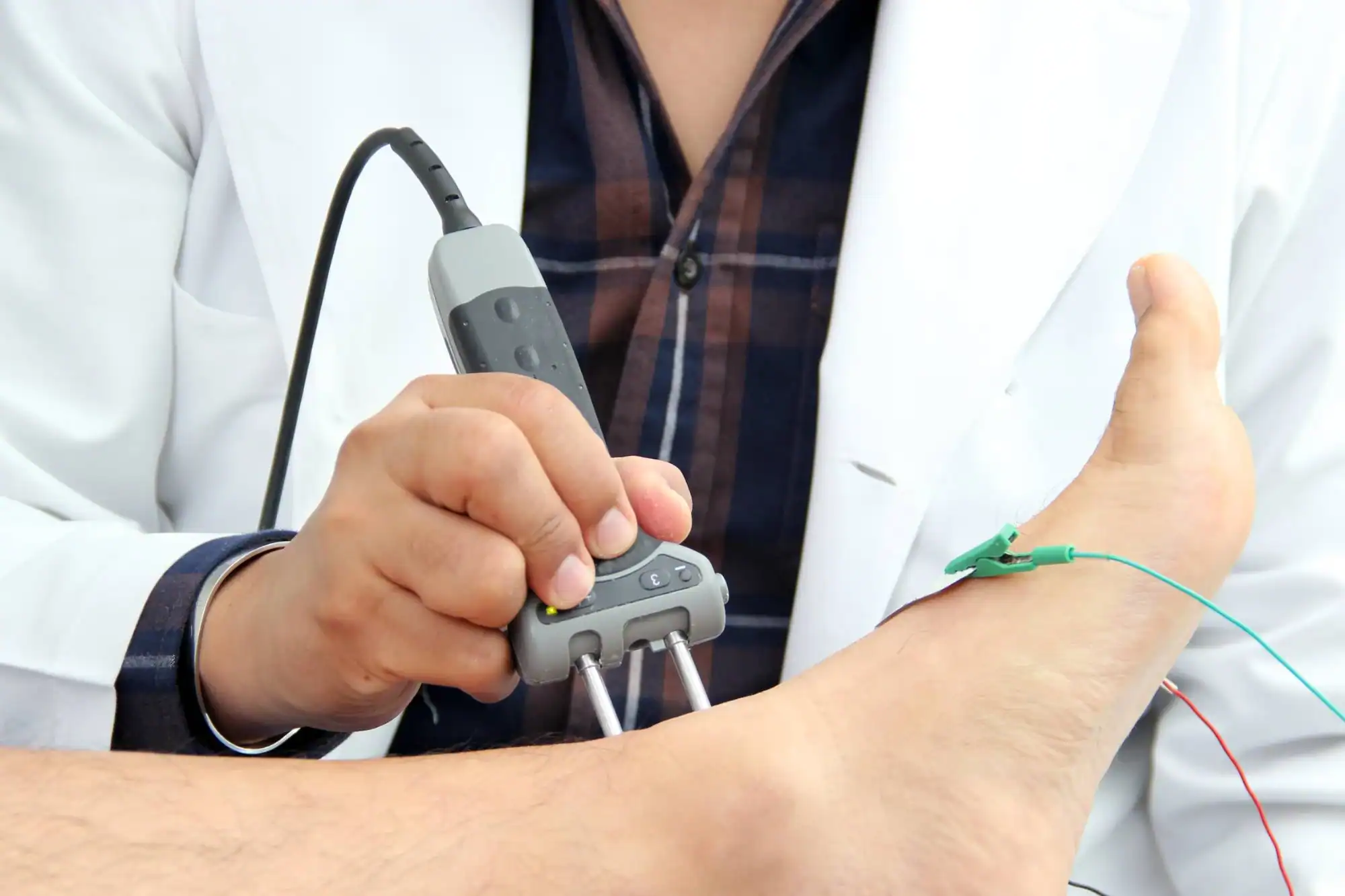
First, we’ll talk about your symptoms, when they started, and what makes them better or worse. This helps us focus the testing on the right areas and understand what we’re looking for.
The nerve conduction study comes next. We place small electrodes on your skin and send tiny electrical pulses to measure how fast signals travel through your nerves. It feels like small static shocks – uncomfortable for a second, but not painful.
Then we do the EMG, where a thin needle electrode goes into specific muscles to measure their electrical activity. We test muscles at rest and when you contract them. This shows us if the muscle itself has problems or if it’s not getting proper signals from the nerves.
Most testing takes 30-60 minutes depending on how many areas we need to check. You’ll get preliminary results right away, and we’ll explain what we found in terms you can understand.
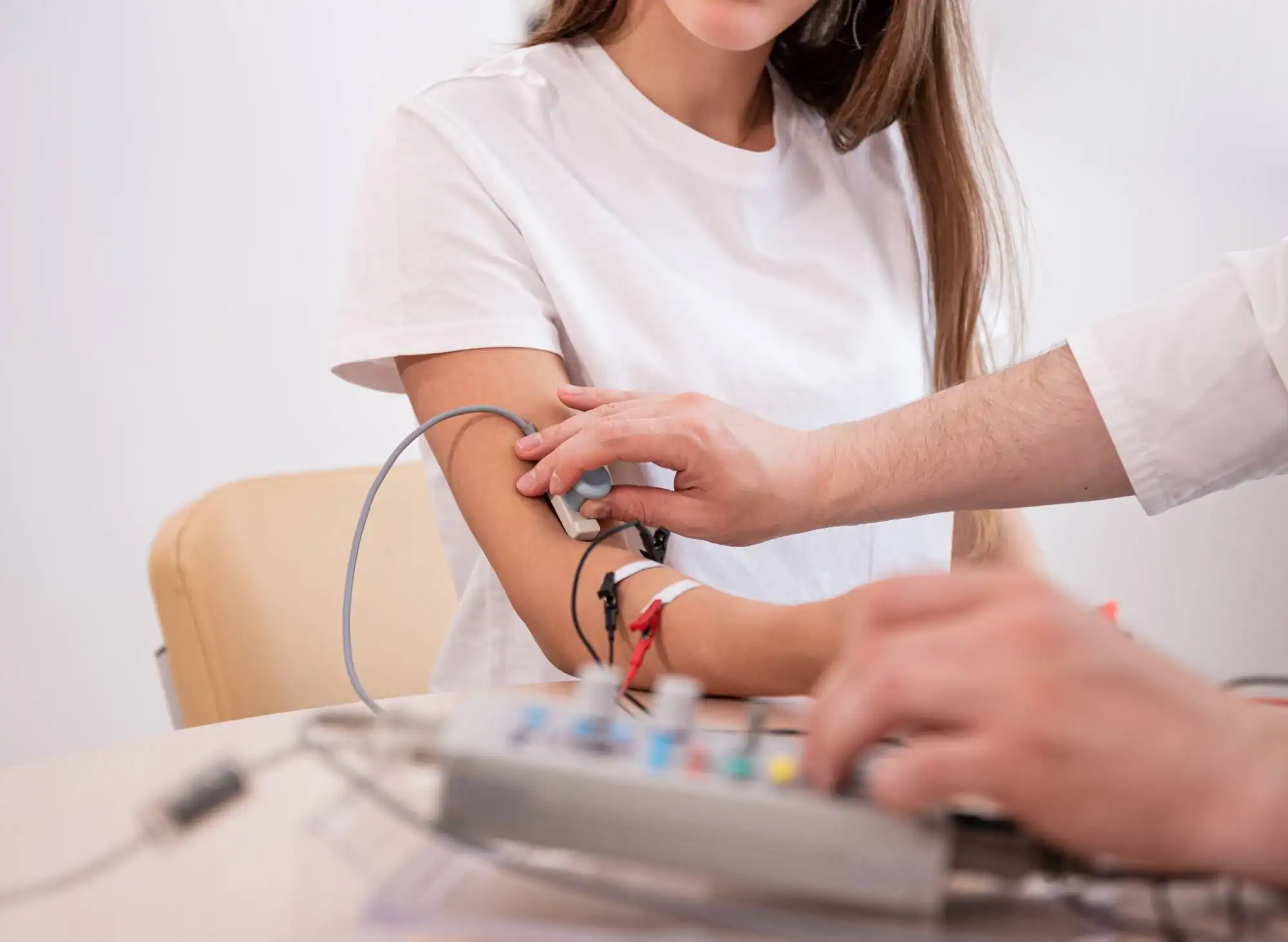
Ready to get started?
Your nerve and muscle testing includes both EMG and nerve conduction studies, not just one or the other. Many conditions require both tests to get the complete picture.
We test multiple nerve pathways and muscle groups to map out exactly where problems start and how far they extend. This is especially important for conditions like carpal tunnel syndrome, where nerve compression in one area can cause symptoms throughout your hand and arm.
You’ll receive a detailed report explaining your results, what they mean for your symptoms, and specific recommendations for treatment. We also coordinate directly with your referring physician to make sure everyone’s on the same page about next steps.
